#17th and 18th
Text
HAPPY 10TH TO THE HOBBIT: DESOLATION OF SMAUG. December 12 to 13.
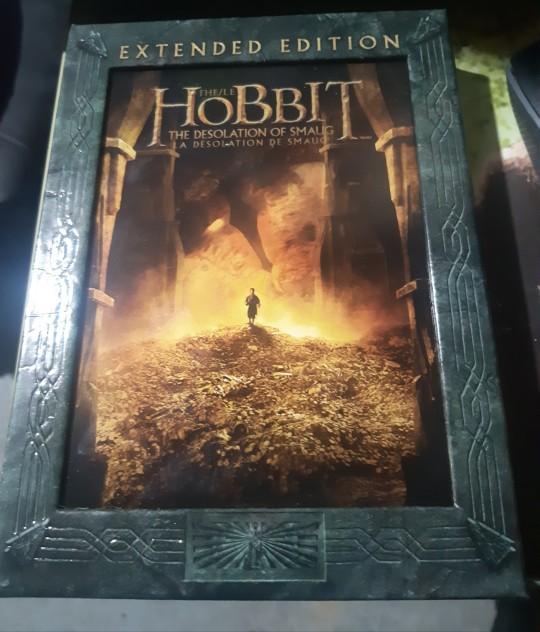
#the hobbit#desolation of smaug#happy 10th to the hottest elves ever#thranduil? tauriel? yes#mirkwood shenanigans#barrel riding shenanigans#that time thw dwarves came up through a toilet#and beorn can't forget our boy#this weekend is return of the kings 20th#17th and 18th#i include the two dates because ones usa and one's a/nz#and just so its extra clear i mean the 17th and 18th of december this month for rotks 20th#because someone out there will not be able to put 2 and 2 together
15 notes
·
View notes
Text

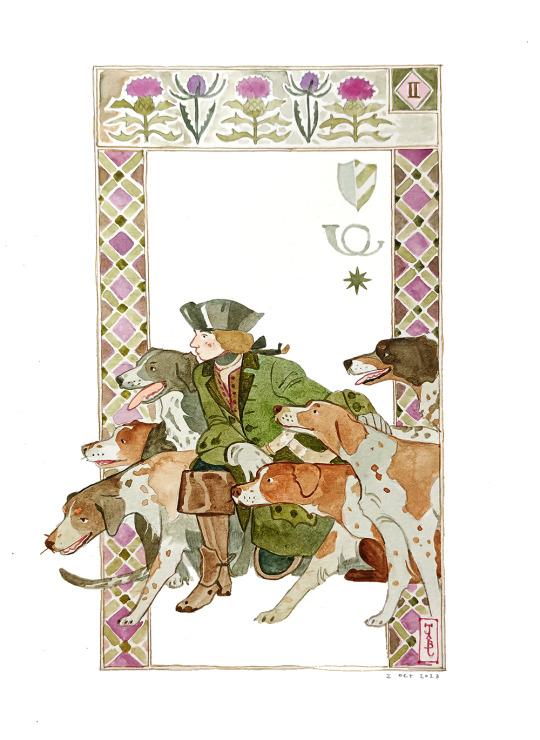
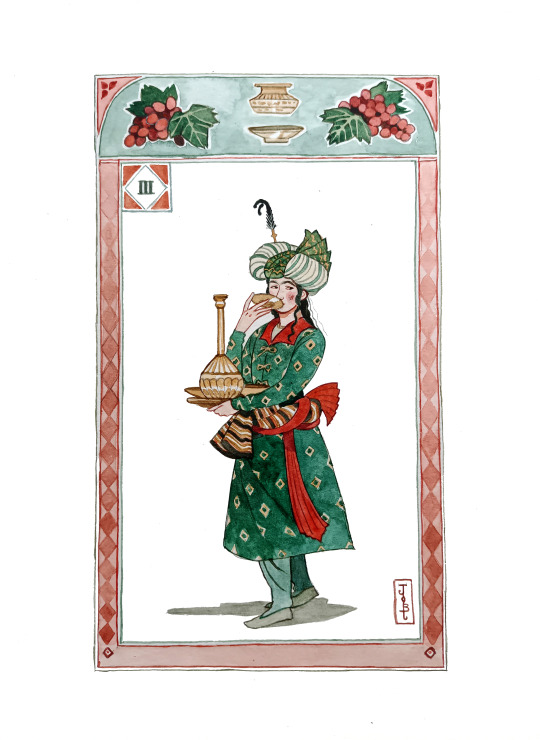


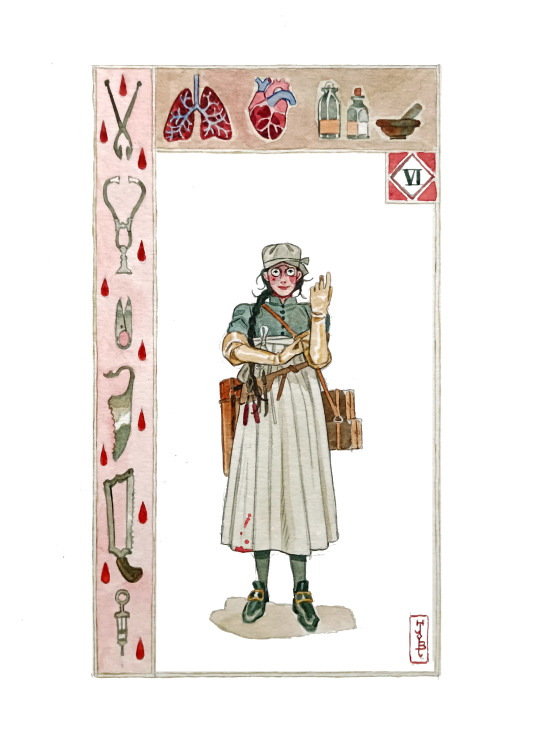
All the "inktobers" for this week (taking a break for the weekend) !
I. Hérault / Herald · II. Piqueur / Kennelkeeper · III. Échanson / Cupbearer · IV. Naturaliste / Naturalist · V. Comédien / Comedian · VI. Chirurgien / Surgeon
#inktober#paintober#inktober 2023#watercolour#historical costuming#15th century#18th century#17th century#16th century#traditional art#my art
16K notes
·
View notes
Text
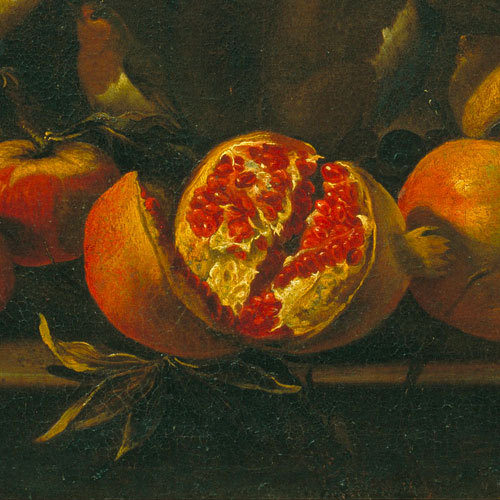
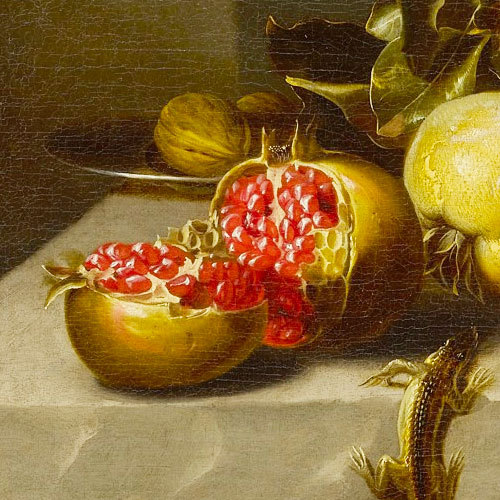
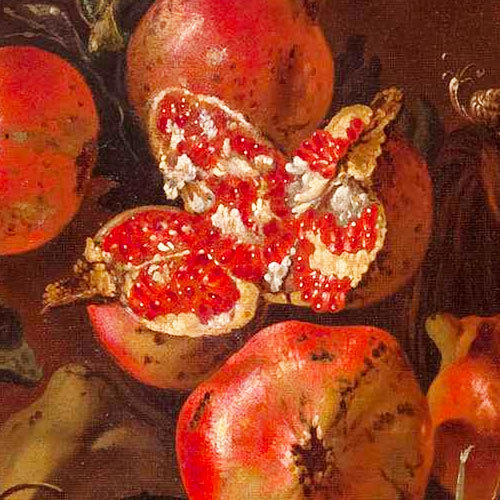






pomegranates in still life (details)
#oil painting#art#still life#still life details#pomegranate#17th century art#18th century art#fruit art#art details#art history#artedit#light academia#dark academia#light academia moodboard#anna attempts photoshop#1k+#5k+#6k
7K notes
·
View notes
Text

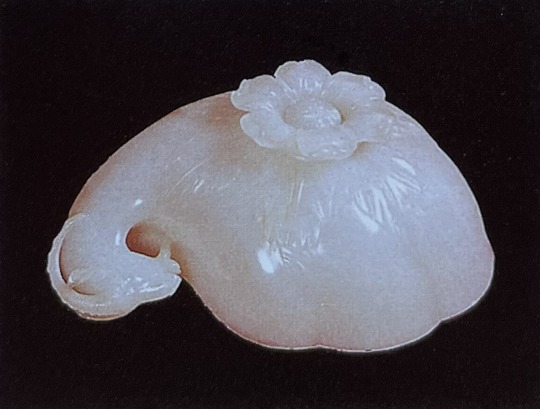
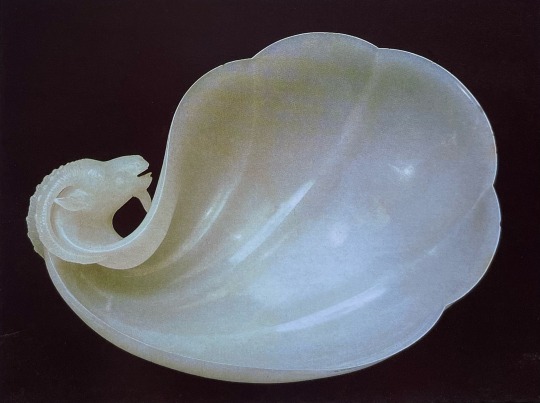
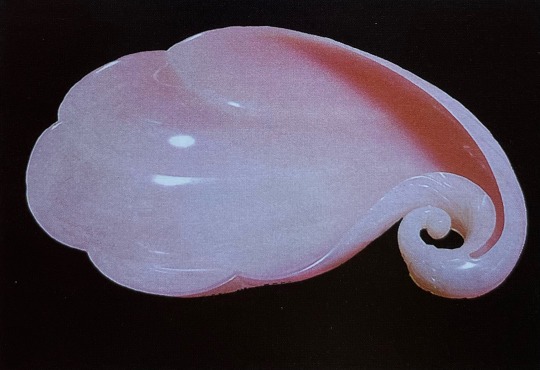
‘Jade Bowl’ + ‘The Shah Jahan Cup’ + ‘Leaf-Shaped Cup’ (17th/18th century)
#my scans#jade#18th century#aesthetic#cottagecore#fairycore#craftsmanship#fairy aesthetic#floral#grunge#goth fairy#goth#gothcore#darkcore#dark aesthetic#vampy#cottage vibes#fairy cottage#kitsch#kitschy#17th century#mughal#islamic#dishes#pastelcore#pastel goth#mermaid#mermaidcore#nymphcore#my%20scans
1K notes
·
View notes
Text
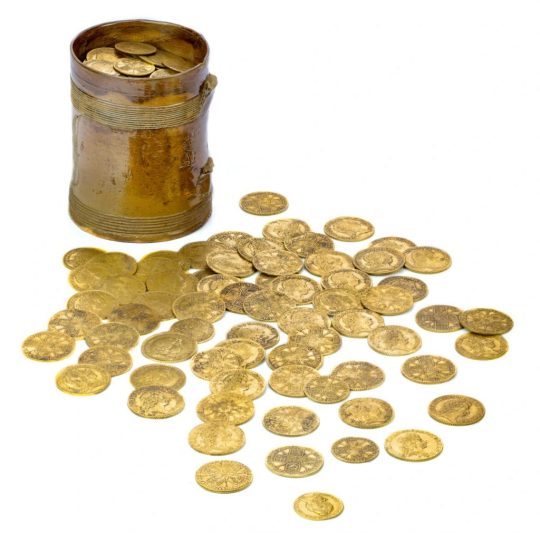

Hoard of gold coins discovered by a UK couple under their kitchen floorboards during renovations. The oldest coin dates to 1610, the newest 1727.
660 notes
·
View notes
Text
Utilization: By his anatomical peculiarities this dog is predestinated to puffin-hunting on the steep rocks around the fjords and along the shore.
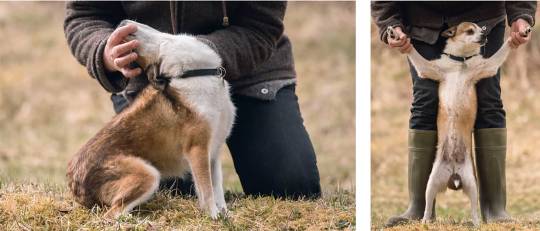
The standard:
Neck: Clean-cut, of medium length, quite strong with a relatively well furnished collar.
Compendium comment:
The head is carried relatively low. The two last vertebrae (atlas/apsis) are shaped so that the dog can bend backwards so that the head touches the back. To do so is vital when turning in the narrow burrows. NB! This should NEVER be demonstrated the ring!
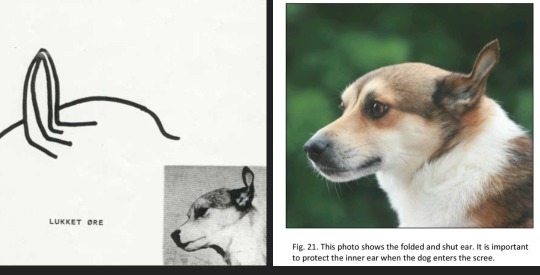
The standard:
Ears: Triangular ears of medium size, broad at the base, carried erect and very mobile. The cartilage of the ear lobe has the faculty of being able to retract itself so that the ear folds itself and flops in a specific manner, either backwards or in right angle upwards, so as to close the auditory passage.
Compendium addition:
The ears of the Lundehund have a unique muscle that enables them to fold and close the ears when entering the burrows, thus protecting them against dirt and moisture. The turning and folding of the ears probably also is help in locating the birds.

The standard:
Forelimbs: Moderately angulated. Forearm: Straight.
Forefeet: Oval shaped, turning slightly outwards, with at least six toes of which five must rest on the ground. Eight pads on each foot. The two inner toes, formed respectively by 3 and 2 phalanges and endowed with a ligamentary and muscular system, make the foot look solid.
Compendium addition:
Very flexible and elastic shoulder muscles. The Lundehund has joints that allow the forelimbs to extend at nearly 90 degrees from the body, but this must NEVER be demonstrated in the ring! The forefeet turn slightly outwards to give room for the extra toes.
The Norwegian Lundehund is a polydactyl. Instead of the normal 4 digits, the Lundehund normally has 6 digits, all fully formed, jointed and muscled, with tendons going up the inside of the leg, partly responsible for its wide front gait. Some specimen may have more, others less than 6 digits per foot, but less than 6 on front feet should lead to downgrading. The extra toes help the dog climbing up and down crevices in screes and cliffs.

The standard:
Hindfeet : Oval shaped, turned slightly outwards, with at least six toes - four of which must rest on the ground. Seven pads on each foot, the one in the middle, the most important one by its size, being attached to the inner pads corresponding to the two inner toes. When the dog is standing up on a flat surface, the weight of the body must be evenly distributed on the pads.
Compendium comment:
More than 6 digits is not a fault. 5 digits are acceptable on the hind feet. The extra toes on the hind feet are normally less developed than those on the forelegs and variations from the ideal, both regarding number and placement, should not be penalized.
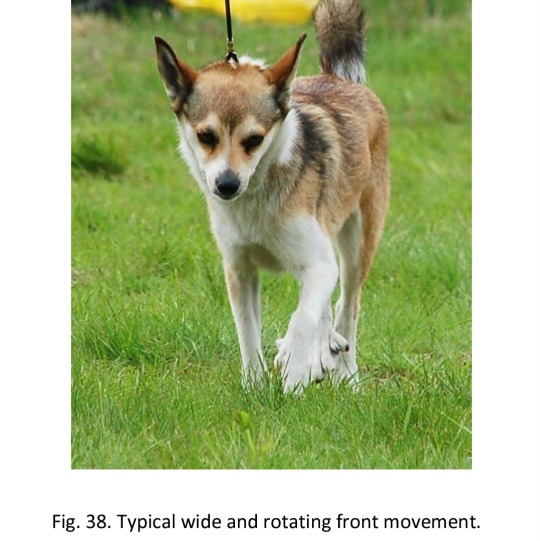
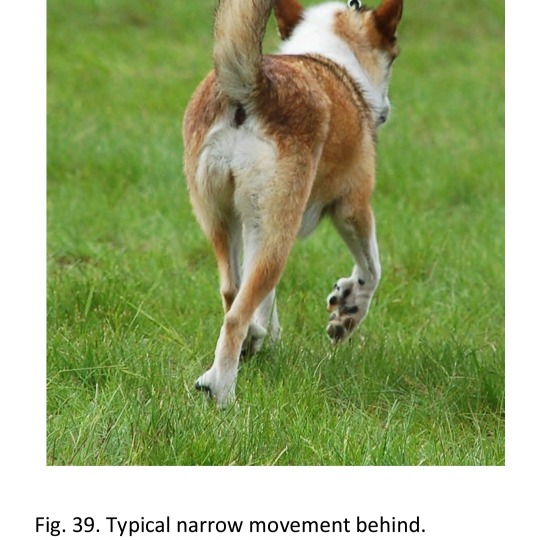
The standard:
Gait/Movement: Light and elastic. An external rotary action of the forelegs and somewhat close action behind is characteristic of the breed.
Compendium comment:
In judging the movements of the Lundehund, one must consider that this dog is built to climb efficiently up and down steep cliffs and screes. The extra pads on both fore- and hind paws must then touch the surface to aid the dog in climbing. The extra toes help getting a grip, both in ascent and descent. The wide front with extra flexibility enables climbing safely up and down crevices, as the forelegs can grip at a 90 degrees angle to the body. On flat surfaces, the Lundehund will show typical rotating front movements, due to tendons and muscles from the extra digits on the inside of the legs. Hind movements are narrow.
#norwegian lundehund#lundehund breed compendium#(excerpts)#photos from the compendium + the top from a veterinary journal on outcrossing#is2g every time i talk about this breed it sounds like youre making a fantasy species thats a Dog But Slightly Off#long post#some of these traits appear in other primitive breeds as well#lundehunds were described in 17th and 18th century texts. but we know there have been dogs in this area for thousands of years#plently long enough to produce a freak of nature (<3)
918 notes
·
View notes
Text
Early 18th (and late 17th) century fashions are so under-utilized in vampire media and I think it's a damn shame.
I don't actually think I've ever seen a single image of a vampire character in an early 18th century suit. Hardly any movies set in that era either, and hardly any historical costumers who do it.
(Even my beloved gay pirate show set in 1717 takes nearly all of its 18th century looks from the second half of the century. Not enough appreciation for baroque fashion!!)
Yes I love late 18th century fashion as much as anyone, and 19th century formal suits are all very well and good, but if you want something that says old, dead, wealthy, and slightly dishevelled, then the 1690's-1730's are where it's at.
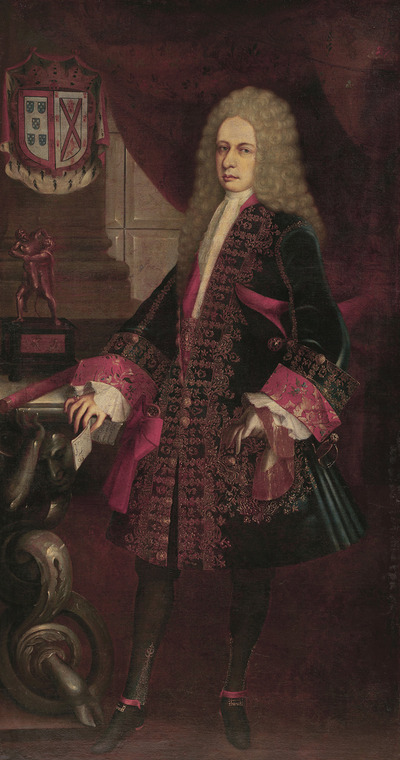
(Retrato del Virrey Alencastre Noroña y Silva, Duque de Linares, ca. 1711-1723.)
There was so much dark velvet, and so many little metallic buttons & buttonholes. Blood red linings were VERY fashionable in this era, no matter what the colour of the rest of the suit was.

(Johann Christoph Freiherr von Bartenstein by Martin van Meytens the Younger, 1730's.)
The slits on the front of the shirts are super low, they button only at the collar, and it's fashionable to leave most of the waistcoat unbuttoned so the shirt sticks out, as seen in the above portraits.

(Portrait of Anne Louis Goislard de Montsabert, Comte de Richbourg-le-Toureil, 1734.)
Waistcoats are very long, coats are very full, and the cuffs are huge. But the sleeves are on the shorter side to show off more of that shirt, and the ruffles if it has them! Creepy undead hands with long nails would sit so nicely under those ruffles.
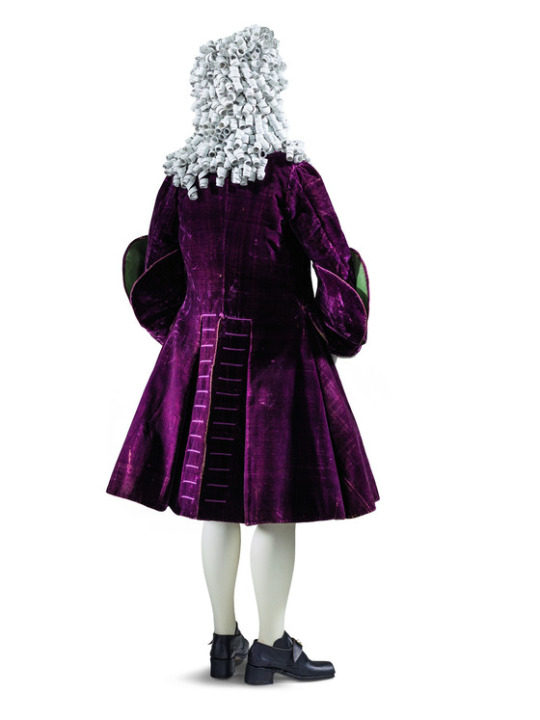
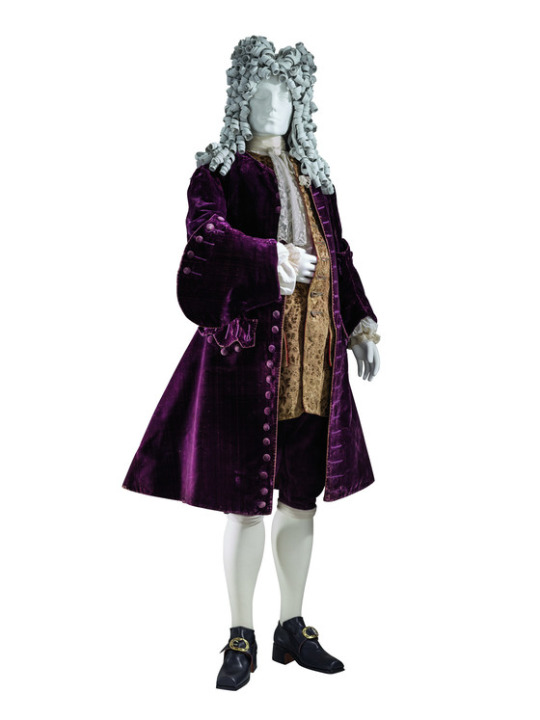
(1720's-30's, LACMA)
Embroidery designs are huge and chunky and often full of metallic threads, and the brocade designs even bigger.
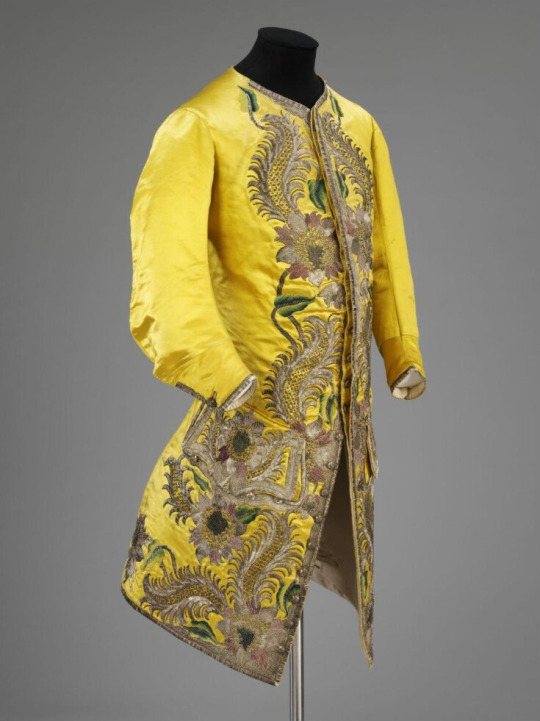
(1730's, V&A, metal and silk embroidery on silk satin.)
Sometimes they did this fun thing where the coat would have contrasting cuffs made from the same fabric as the waistcoat.
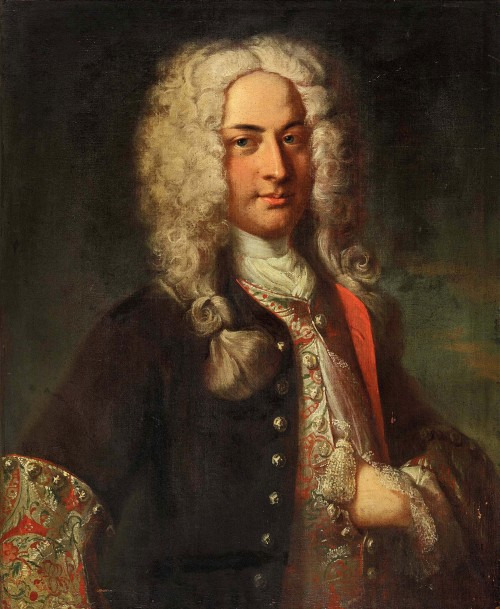
(Niklaus Sigmund Steiger by Johann Rudolf Huber, 1724.)
Tell me this look isn't positively made for vampires!
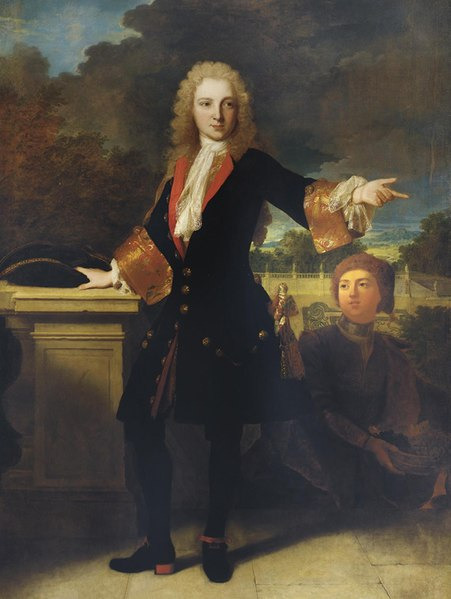
(Portrait of Jean-Baptiste de Roll-Montpellier, 1713.)
(Yeah I am cherry-picking mostly red and black examples for this post, and there are plenty of non-vampire-y looking images from this time, but you get the idea!)
And the wrappers (at-home robes) were also cut very large, and, if you could afford it, made with incredible brocades.
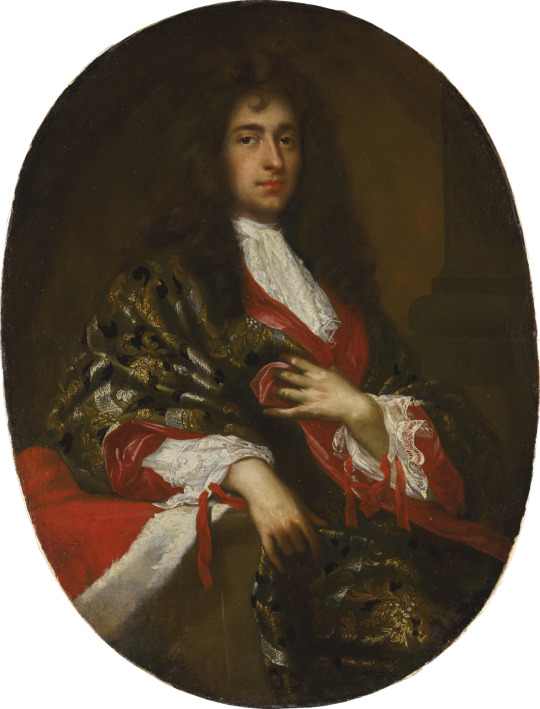
(Portrait of a nobleman by Giovanni Maria delle Piane, no date given but I'd guess maybe 1680's or 90's.)
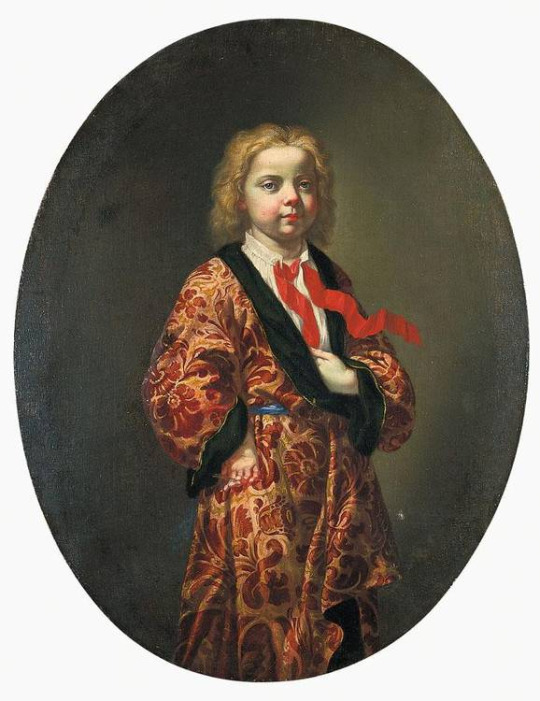
(Circle of Giovanni Maria delle Piane, no date given but I'd guess very late 17th or very early 18th century.)
Now that looks like a child who's been stuck at the same age for a hundred years if I ever saw one!
I don't know as much about the women's fashion from this era, but they had many equally large and elabourate things.

(1730's, Museo del Traje.)

(Don't believe The Met's shitty dating, this is a robe volante from probably the 1720's.)

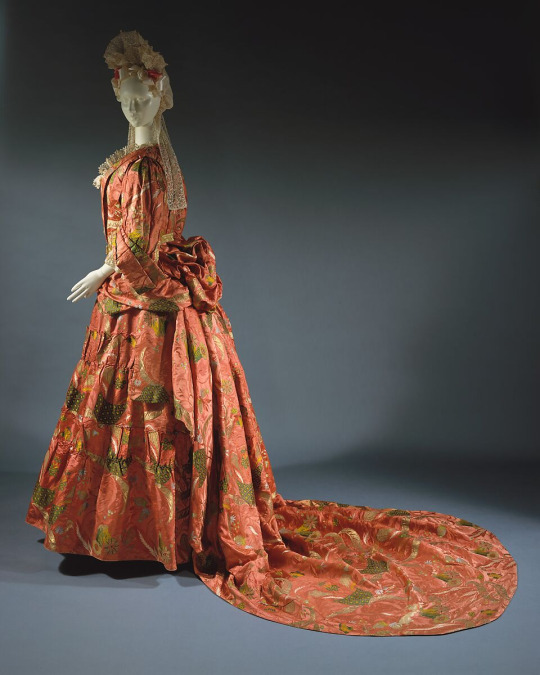
(Mantua, c. 1708, The Met. No idea why they had to be that specific when they get other things wrong by entire decades but ok.)

(Portrait of Duchess Colavit Piccolomini, 1690's.)

(Maria van Buttinga-van Berghuys by Hermannus Collenius, 1717.)
Sometimes they also had these cute little devil horn hair curls that came down on either side of the forehead.
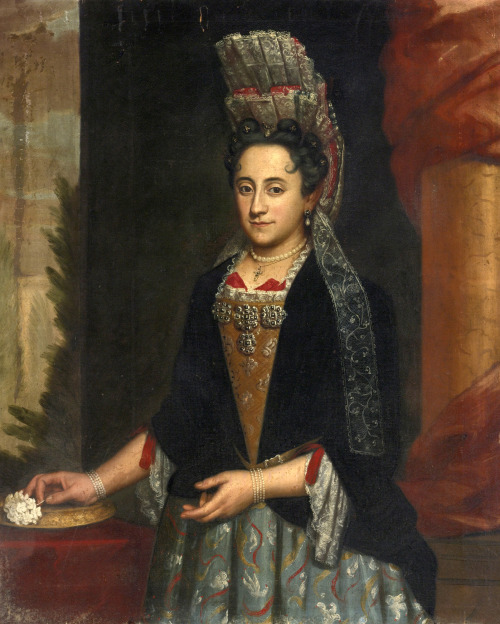
(Viago in drag Portrait of a lady, Italian School, c. 1690.)
Enough suave Victorian vampires, I want to see Baroque ones! With huge wigs and brocade coat cuffs so big they go past the elbow!
#long post#vampires#fashion#history#18th century#17th century#someday. SOMEDAY I will make a black/red/dark orange/metallic gold 1720's suit#I've got nearly all the materials I just need to:#1. Learn how to make early 18th century metallic thread buttons‚ preferably without having to buy the super expensive kind of thread#2. get a wig and style it appropriately
2K notes
·
View notes
Text

Doña Josepha Benavides, Marquise of Villena, (c. 1692-1725), (detail), by Alonso Miguel de Tovar (1678-1752)
#doña josepha benavides marquise of villena#doña josefa benavides marchioness de villena#alonso miguel de tovar#painting#portrait#painting detail#17th century#18th century#baroque#flowers#doña josepha benavides#detail#my upload
383 notes
·
View notes
Text





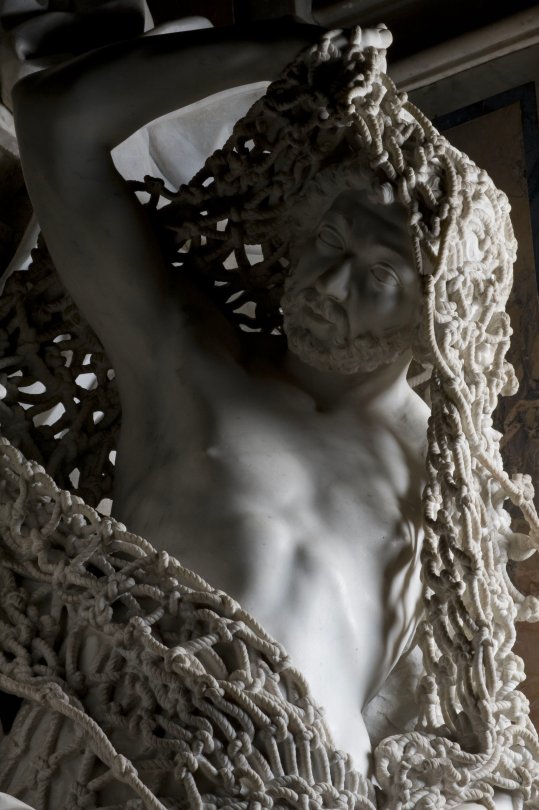

"The Release from Deception,"
Carved from a single block of marble, it depicts a fisherman being released from netting by an angel, allegorical to the man being liberated from his sins.
So intricate was the work that 18th-century philosopher Giangiuseppe Origlia described it as “the last and most trying test to which sculpture in marble can aspire.”
Queirolo worked alone on his magnum opus, without an assistant or even a workshop. Even other sculptors refused to touch the delicate net in case it broke into pieces in their hands.
The masterpiece is housed at the Sansevero Chapel in Naples, with several other miracles of marble. Namely, "The Veiled Christ" (1753) by Giuseppe Sanmartino and "The Veiled Truth" (1750) by Antonio Corradini.
Francesco Queirolo (1752-1759)
Credit: @Culture_Crit
#art#history#style#sculpture#marble#hand carved#sins#net#masterpiece#italy#naple#francesco queirolo#17th century#18th century#fisherman#allegory#angel#Culture_Crit
1K notes
·
View notes
Text

The Crescent Moon (detail), by Montague Dawson (1895-1973)
587 notes
·
View notes
Text

Salamander Brooch
late 16th century-early 17th century
Museum of London
#16th century#17th century#antique jewelry#antiquities#18th century jewelry#jewelry#fashion history#history of fashion#frostedmagnolias
275 notes
·
View notes
Text
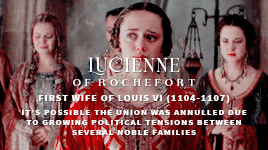













history + france's almost queens
#historyedit#perioddramaedit#12th century#14th century#15th century#16th century#17th century#18th century#19th century#mine#*#yes those names are all over the place
293 notes
·
View notes
Text
Ms. Codex 1233 is a pretty amazing manuscript. Originally written in the early-to-mid 15th century, it was used continuously through the end of the 18th century. Written in Cologne and probably used by the canons in the Cologne Cathedral, this notated breviary (a liturgical book containing the canonical hours - daily prayers - with musical notation) includes notes and additions made up to 1794. It also includes splatters of candle wax and one page that got a little too close to a candle!
🔗:
#medieval#manuscript#medieval manuscript#breviary#liturgical manuscript#liturgy#cologne#cologne cathedral#germany#music#musical notation#early music#church music#wax#candles#parchment#15th century#16th century#17th century#18th century#book history#rare books
381 notes
·
View notes
Text

Lotus Vessel made of jade with a crouching toad. 17th/18th-century.
#my scans#lotus#toad#frog#jade#stone#art#craftsmanship#aesthetic#stones#nature#naturecore#sculpture#sculptures#trinkets#1700s#1800s#17th century#18th century#cottagecore#dish#whimsicore
493 notes
·
View notes
Text







Women in History Month (insp) | Week 4: Dynastic Daughters
#historyedit#perioddramaedit#women in history#women in history month challenge#my edits#mine#marie anne de bourbon-conti#princess hexiao#hanzade sultan#caroline bonaparte#marie-thérèse-charlotte de france#princess fukang#gorgô of sparta#french history#chinese history#ancient greece#17th century#18th century#19th century#11th century#6th century bc#5th century bc
171 notes
·
View notes